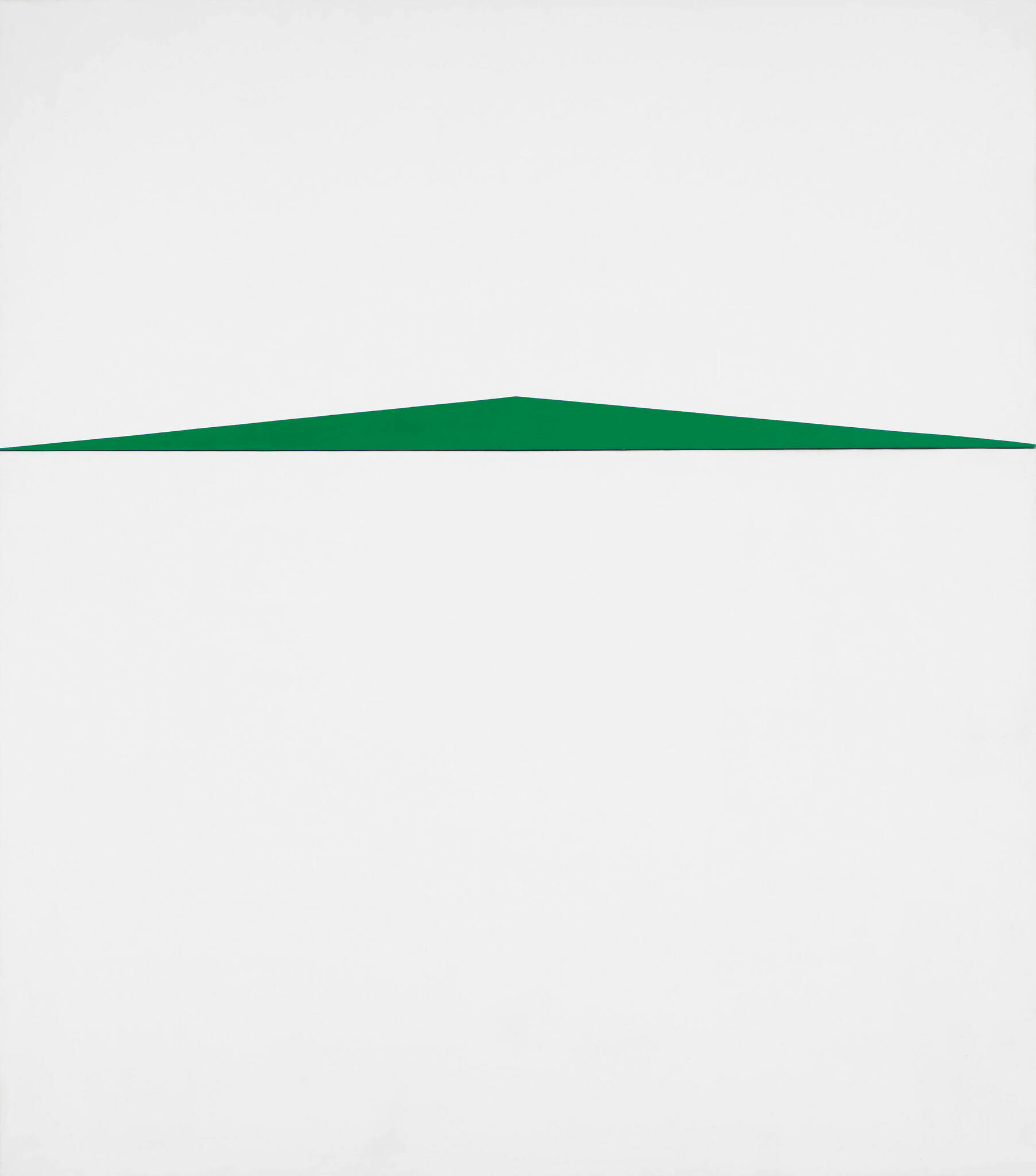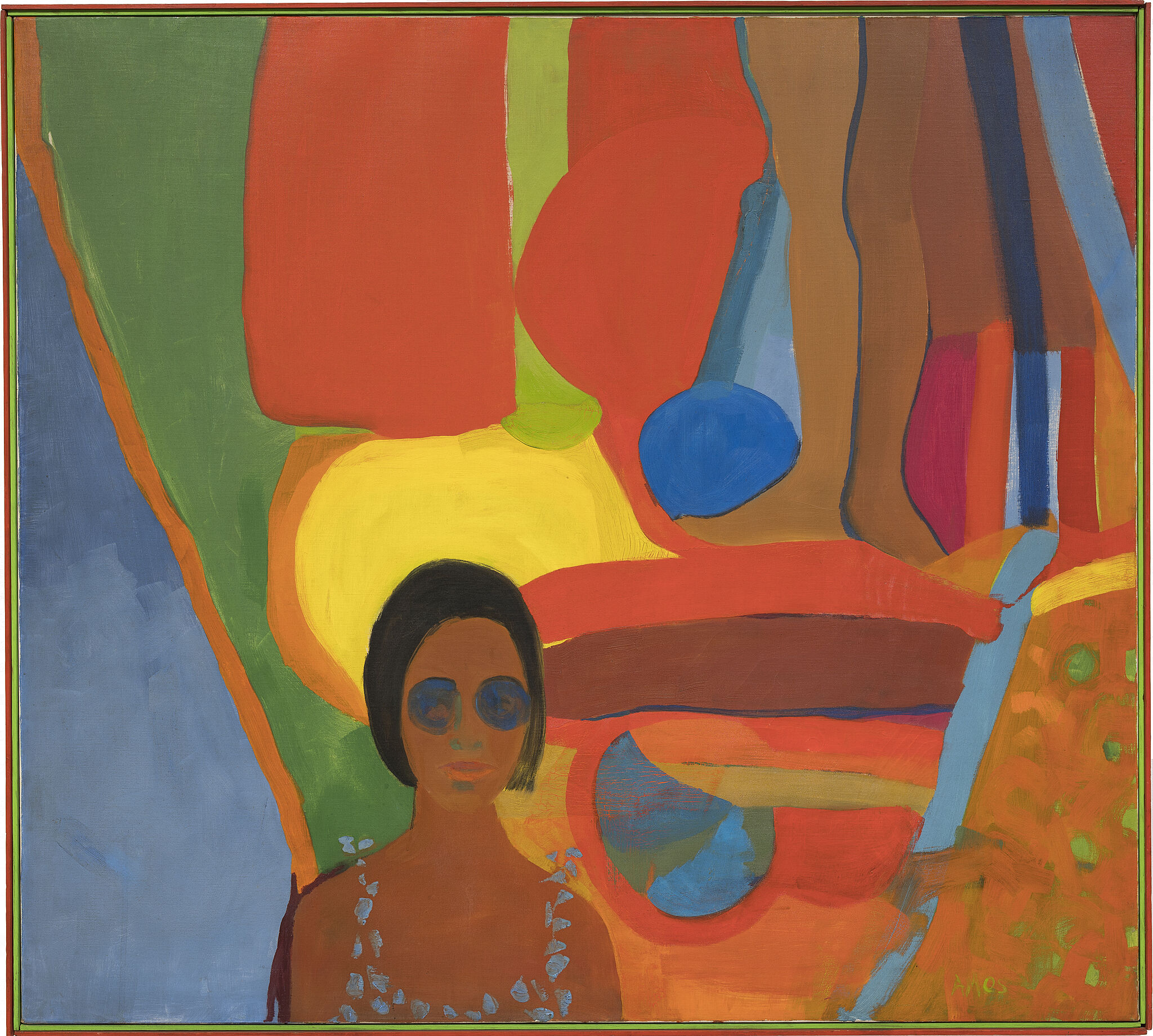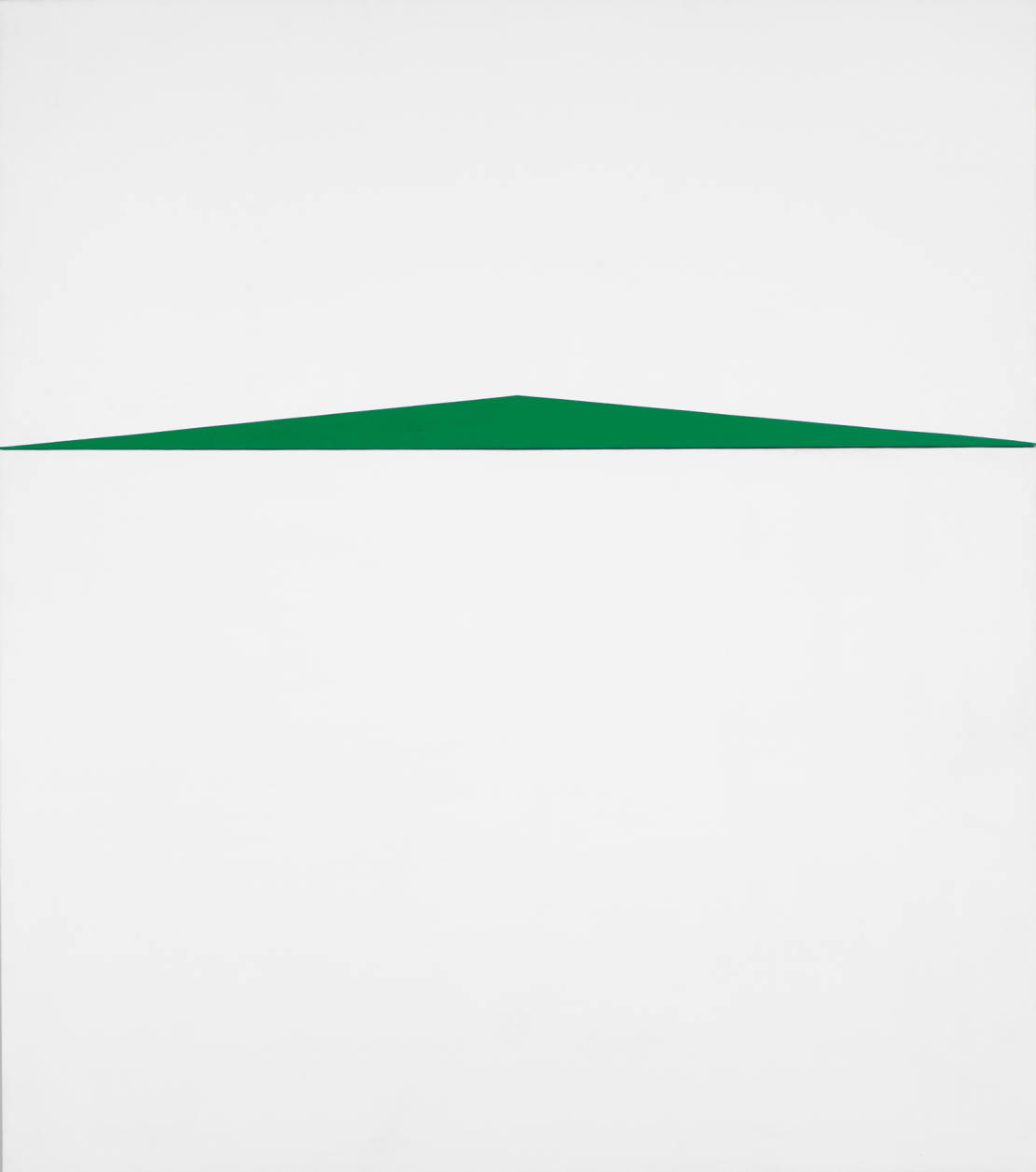Not on view
Date
1959
Classification
Paintings
Medium
Acrylic on canvas
Dimensions
Overall: 68 1/8 × 60 1/2in. (173 × 153.7 cm)
Accession number
2014.63
Credit line
Whitney Museum of American Art, New York; purchase, with funds from the Painting and Sculpture Committee
Rights and reproductions
© Carmen Herrera; courtesy Lisson Gallery, London
2016:
© Carmen Herrera
Videos
Audio
-
0:00
Carmen Herrera, Blanco y Verde, 1966–67
0:00
Dana Miller: En esta obra de 1966 a 1967, Herrera utiliza triángulos verdes para crear una composición simple o que aparenta ser simple. Si se observa con atención, se puede ver que los triángulos verdes rodean el borde inferior y el borde superior del lienzo. Ella piensa en esta obra como si se viera sobre una pared blanca. También piensa en esta obra casi como si fuera un objeto tridimensional, al pintar las partes superior e inferior de los lienzos. Es como si hubiera tomado un bloque rectangular y esculpido en él. Yo pienso que, en estas obras, uno empieza a sentir que Herrera hacía, al principio de su carrera, esculturas, lo cual fue así cuando vivía en La Habana; muchas de sus clases y capacitaciones eran sobre escultura y, además, estudió para ser arquitecta. Abandonó La Habana en 1939 después de haber estudiado un año de arquitectura en la universidad.
Narrador: Las nueve obras exhibidas en esta galería son de la serie de nueve pinturas Blanco y Verde de Herrera. Es necesario tomarse un momento para compararlas. Herrera dijo que esta serie era la más importante de su carrera.
Dana Miller: Para Herrera, esta es una combinación de colores particular y una organización de formas que a ella le resultaban atractivas. Era algo que le fascinaba. Dijo que la combinación de verde y blanco era como decir “sí” y “no”. Volvió a esto una y otra vez entre los años 1959 y 1971, cuando experimentó diferentes combinaciones de triángulos y diferentes combinaciones de rectángulos blancos. Es casi como si estuviera tomando mosaicos como un acolchador cuando tiene un estampado, y los rotara y los volviera a dar vueltas, convirtiéndolos en diferentes patrones geométricos hasta que encuentra el que mejor se ajusta a lo que ella quiere decir.
-
0:00
Carmen Herrera, Blanco Y Verde, 1966–67
0:00
Dana Miller: In this work from 1966 to '67, Herrera is using the green triangles to create a very simple—seemingly simple composition. If you look carefully, you'll see that the green triangles wrap around the bottom edge and the top edge of the canvas. She's thinking about this work as it might be seen on a white wall. She's also thinking about this work as if it were almost a three-dimensional object, painting the top and the bottom of the canvases. It's as if she was taking a rectangular block and carving into it.
I think, in these works, you start to sense that Herrera was, early on in her career, making sculpture—which was the case when she started out in Havana; many of her classes and her training was in sculpture—and that she also studied to be an architect. She left Havana in 1939 after taking a year of architecture training at the university.
Narrator: The nine works hanging in this gallery are all from Nine Herrera’s Blanco y Verde series. Take a moment to compare them. Herrera has said that this series was the most significant of her career.
Dana Miller: For Herrera, this was a particular color combination and arrangement of shapes that appealed to her. It was something that fascinated her. She said the color combination of green and white was like saying yes and no. She went back to this again and again between the years 1959 and 1971, experimenting with different combinations of the triangles, different combinations of white rectangles. It's almost as if she's taking tiles like a quilter might have a pattern, and rotating them, turning them, and twisting them into various different geometric patterns until she finds the one that best suits her statement. -
0:00
June 1, 2015
Dana Miller on Blanco y Verde by Carmen Herrera0:00
-
0:00
Carmen Herrera, Blanco y Verde, 1959
0:00
Dana Miller: I’m Dana Miller, Curator of the Permanent Collection here at the Whitney.
This painting, Blanco y Verde, from 1959, is one of several works that Carmen Herrera made from the Blanco y Verde series.
So if you look carefully, you can see that this painting is actually made from two different canvases, and they meet at the bottom of the green triangle. So she’s using the physical structure of the canvas, the edge of the canvas, to reinforce the form. So the color, the green shape, the structure of the canvas where the two meet, and the line, the shape of the triangle are working in concert here to create the total image.
I think one of the interesting things about Herrera’s background is that she went to architecture school. And her paintings, if you look at them carefully, can often be seen as almost like cuts in space. If you think of the green triangle as being a slice taken out of the painting, and when you look at her sculptural works and her drawings, you see that’s very much the way she’s thinking. She’s often thinking in three-dimensional terms, and then translating that image into a two-dimensional form, using green and white. So almost imagine the green as being a negative space that’s sort of a cut into the white plane of the canvas.
Exhibitions
Installation photography
-
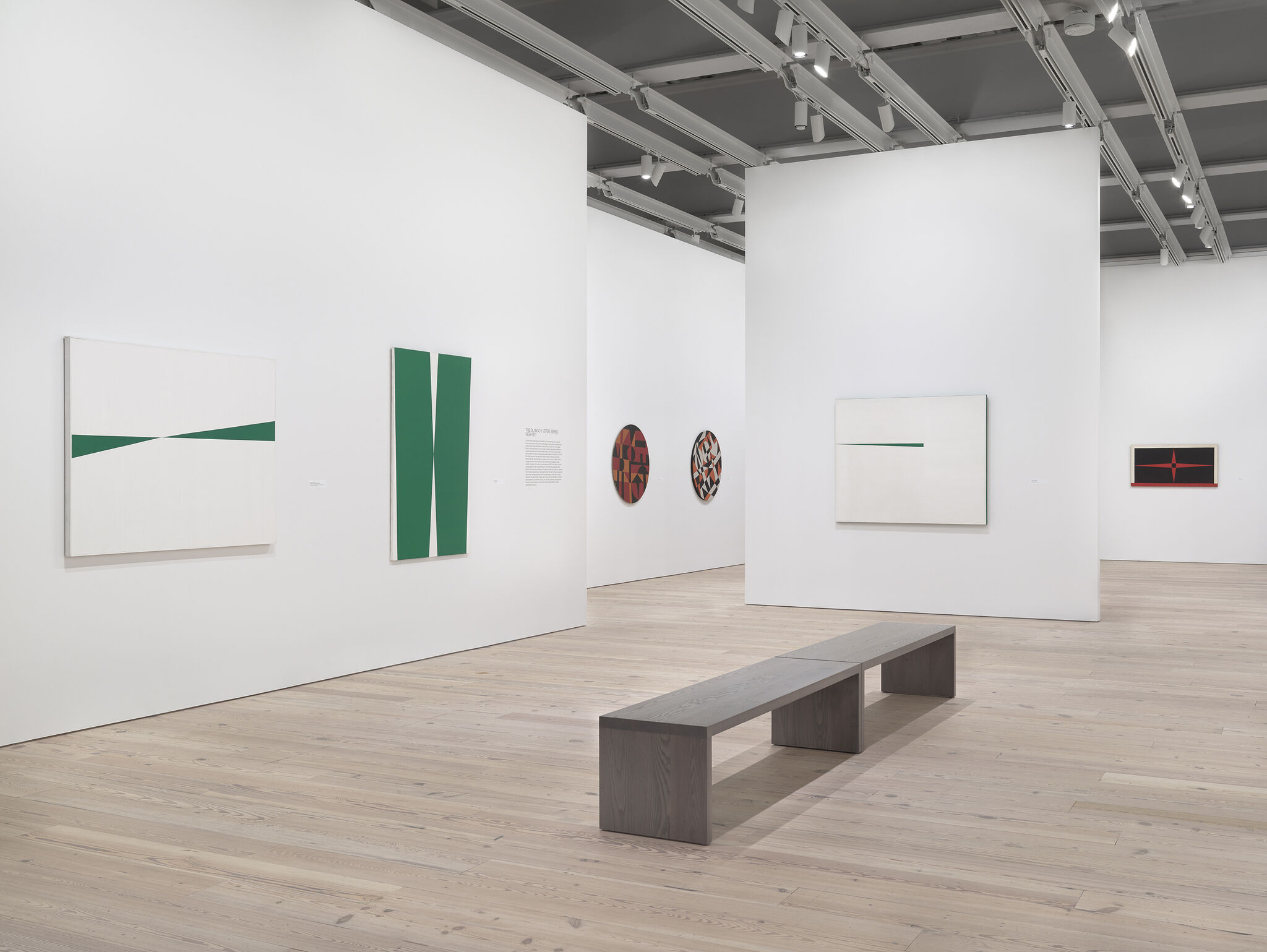

Installation view of Carmen Herrera: Lines of Sight (Whitney Museum of American Art, New York, September 16, 2016–January 2, 2017). Photography by Ronald Amstutz
Left to right: Blanco y Verde, 1959 (E.2015.0619); Blanco y Verde, 1966 (E.2015.0623; Iberic, 1949 (E.2015.0609); Untitled, 1948 (E.2015.0611); Blanco y Verde, 1967 (E.2015.0625); Untitled, 1949 (E.2015.0608)
From the exhibition Carmen Herrera: Lines of Sight
-
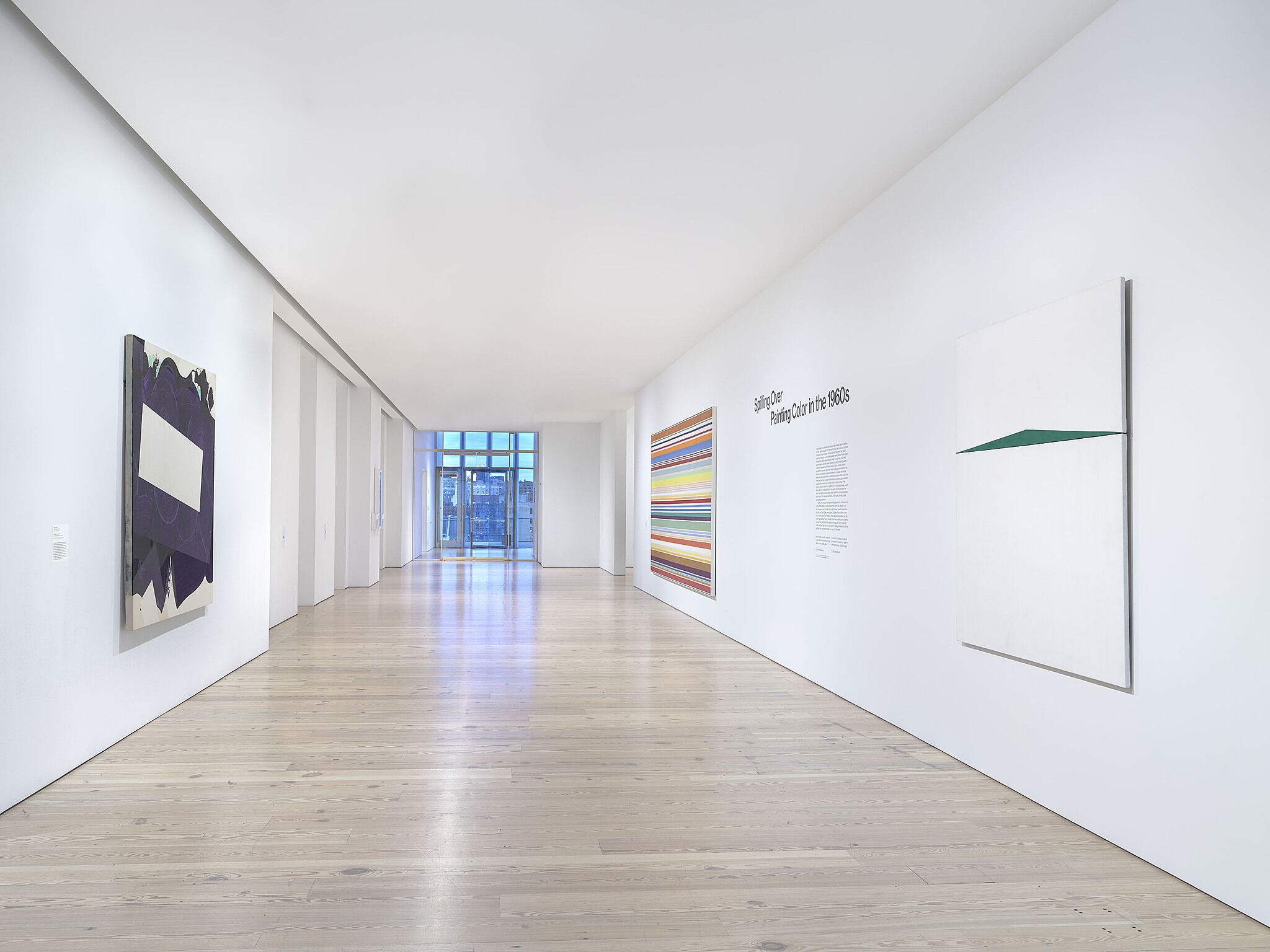

Installation view of Spilling Over: Painting Color in the 1960s (Whitney Museum of American Art, New York, March 29-August 2019). From left to right: Robert Reed, Plum Nellie, Sea Stone, 1972; Kenneth Noland, New Day, 1967; Carmen Herrera, Blanco y Verde, 1959. Photograph by Ron Amstutz
From the exhibition Spilling Over: Painting Color in the 1960s
-
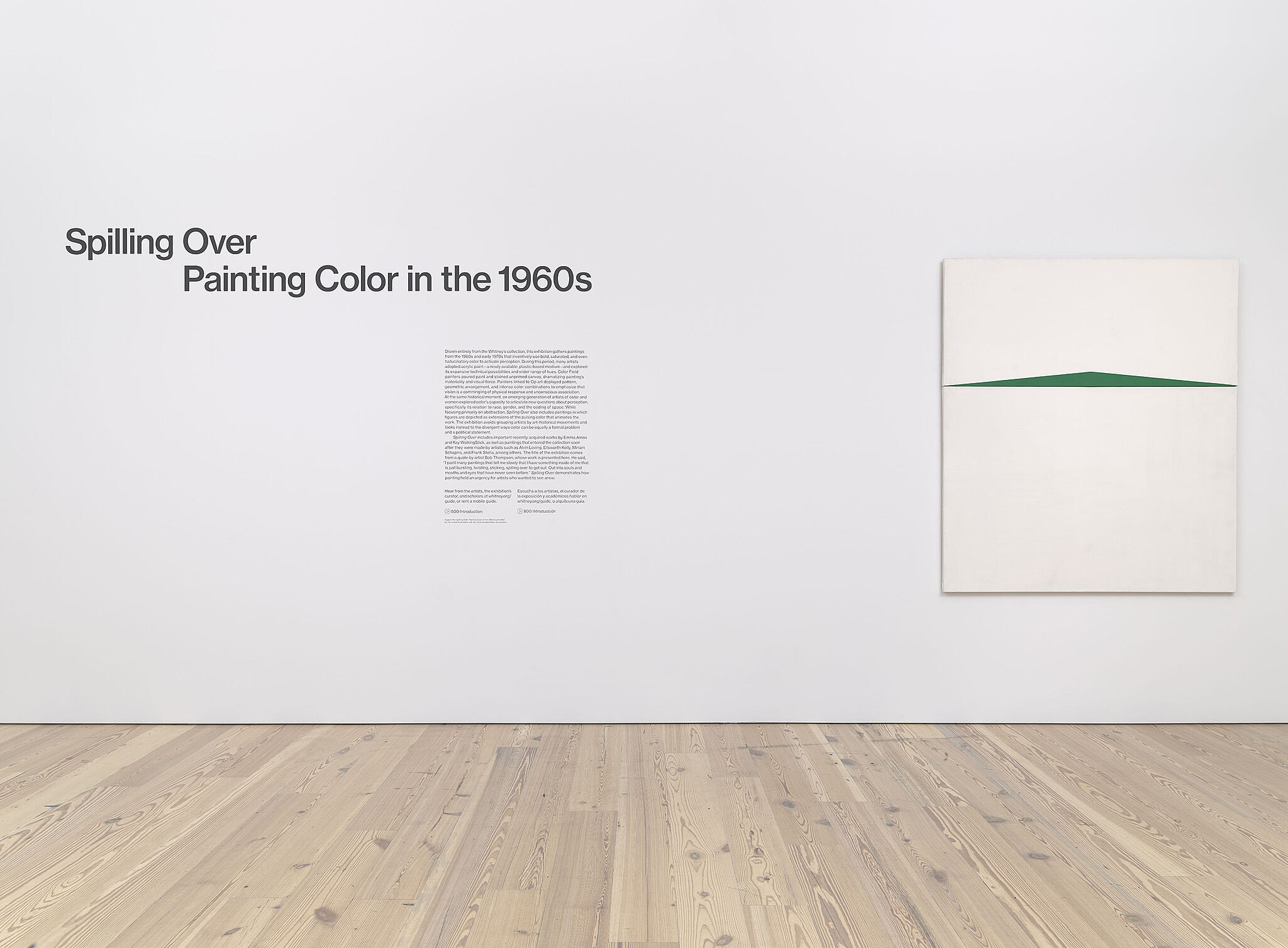

Installation view of Spilling Over: Painting Color in the 1960s (Whitney Museum of American Art, New York, March 29-August 2019). Carmen Herrera, Blanco y Verde, 1959. Photograph by Ron Amstutz
From the exhibition Spilling Over: Painting Color in the 1960s
-
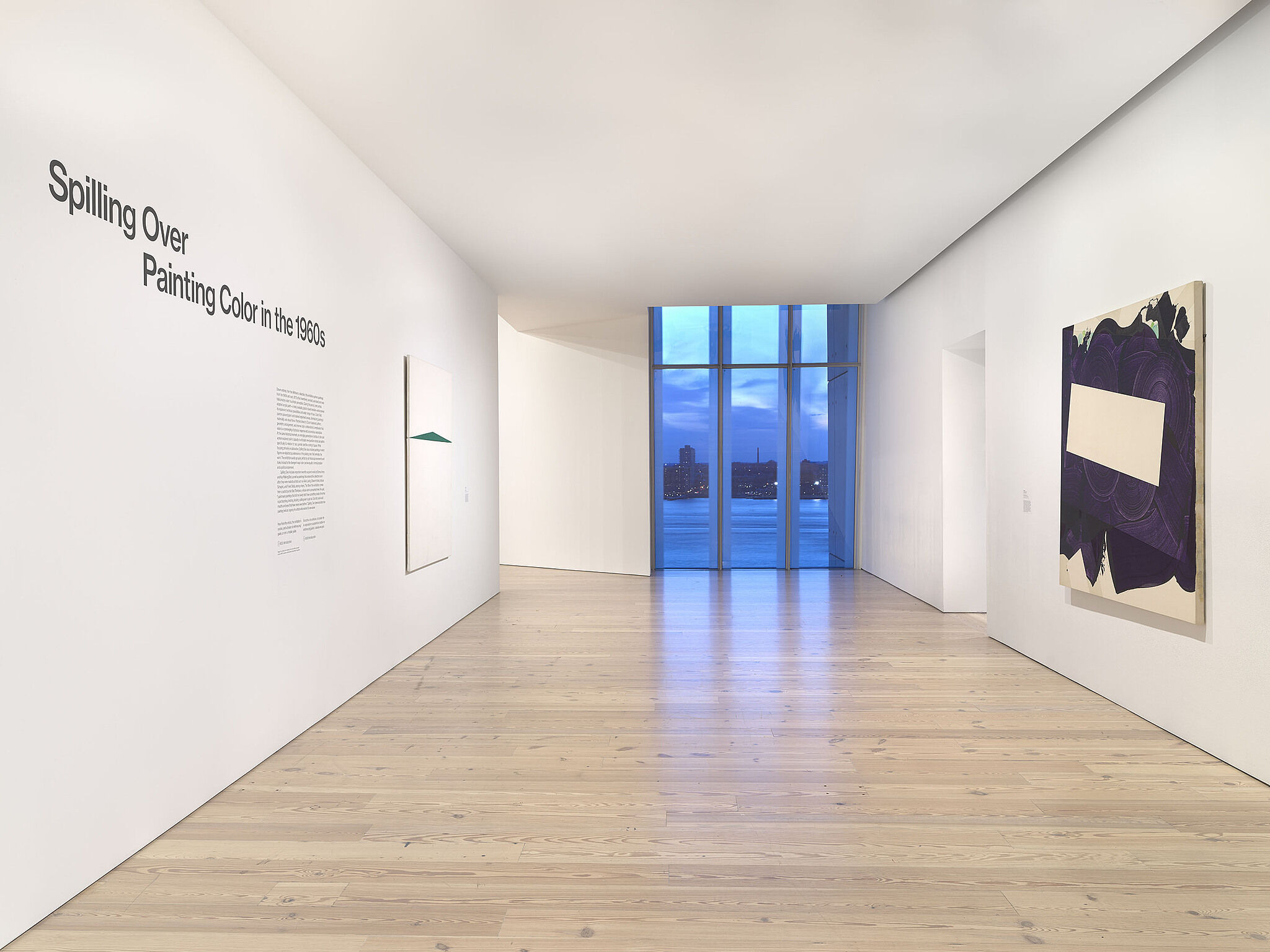

Installation view of Spilling Over: Painting Color in the 1960s (Whitney Museum of American Art, New York, March 29-August 2019). From left to right: Carmen Herrera, Blanco y Verde, 1959; Robert Reed, Plum Nellie, Sea Stone, 1972. Photograph by Ron Amstutz
From the exhibition Spilling Over: Painting Color in the 1960s
-
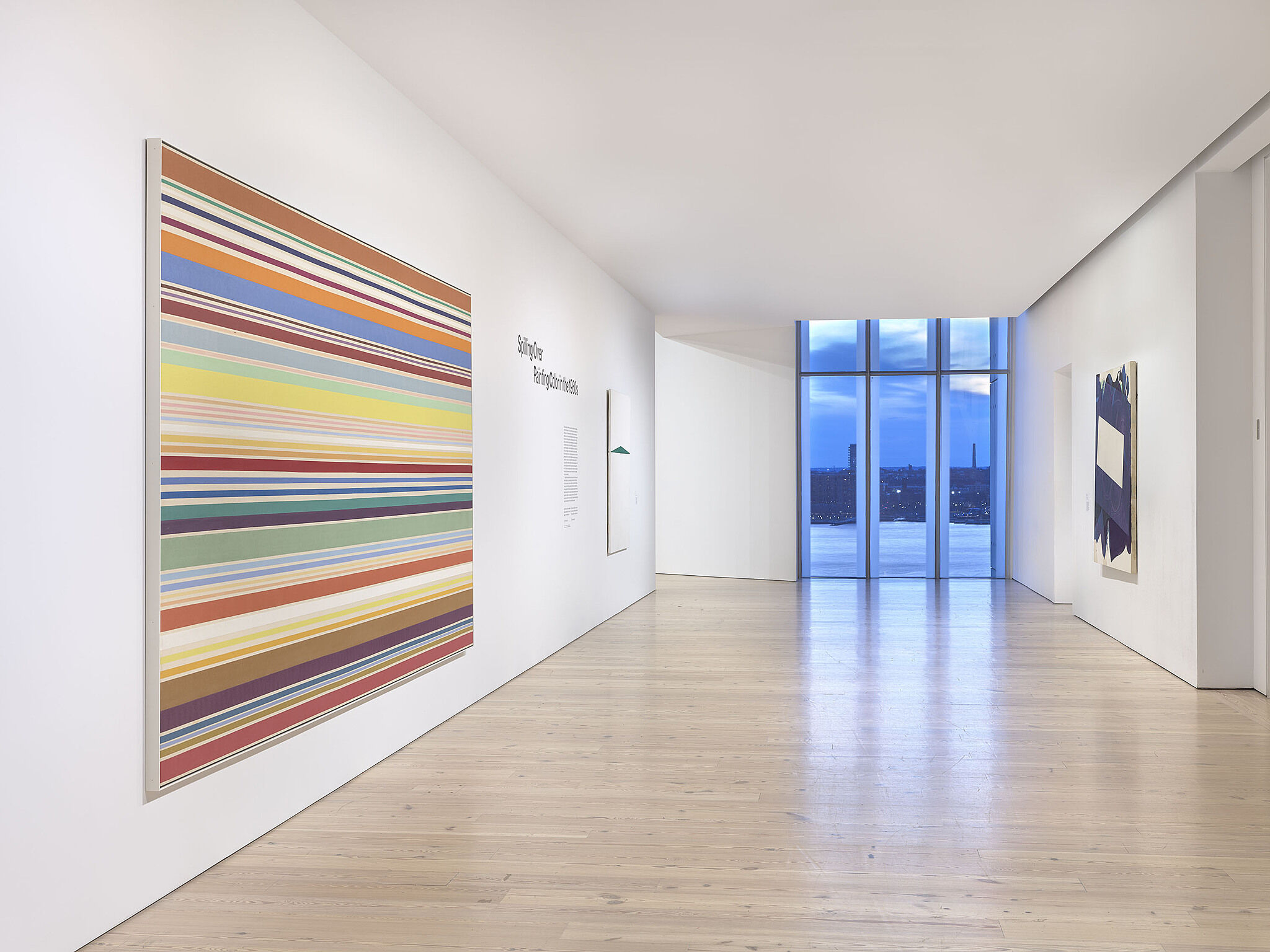

Installation view of Spilling Over: Painting Color in the 1960s (Whitney Museum of American Art, New York, March 29-August 2019). From left to right: Kenneth Noland, New Day, 1967; Carmen Herrera, Blanco y Verde, 1959; Robert Reed, Plum Nellie, Sea Stone, 1972. Photograph by Ron Amstutz
From the exhibition Spilling Over: Painting Color in the 1960s

